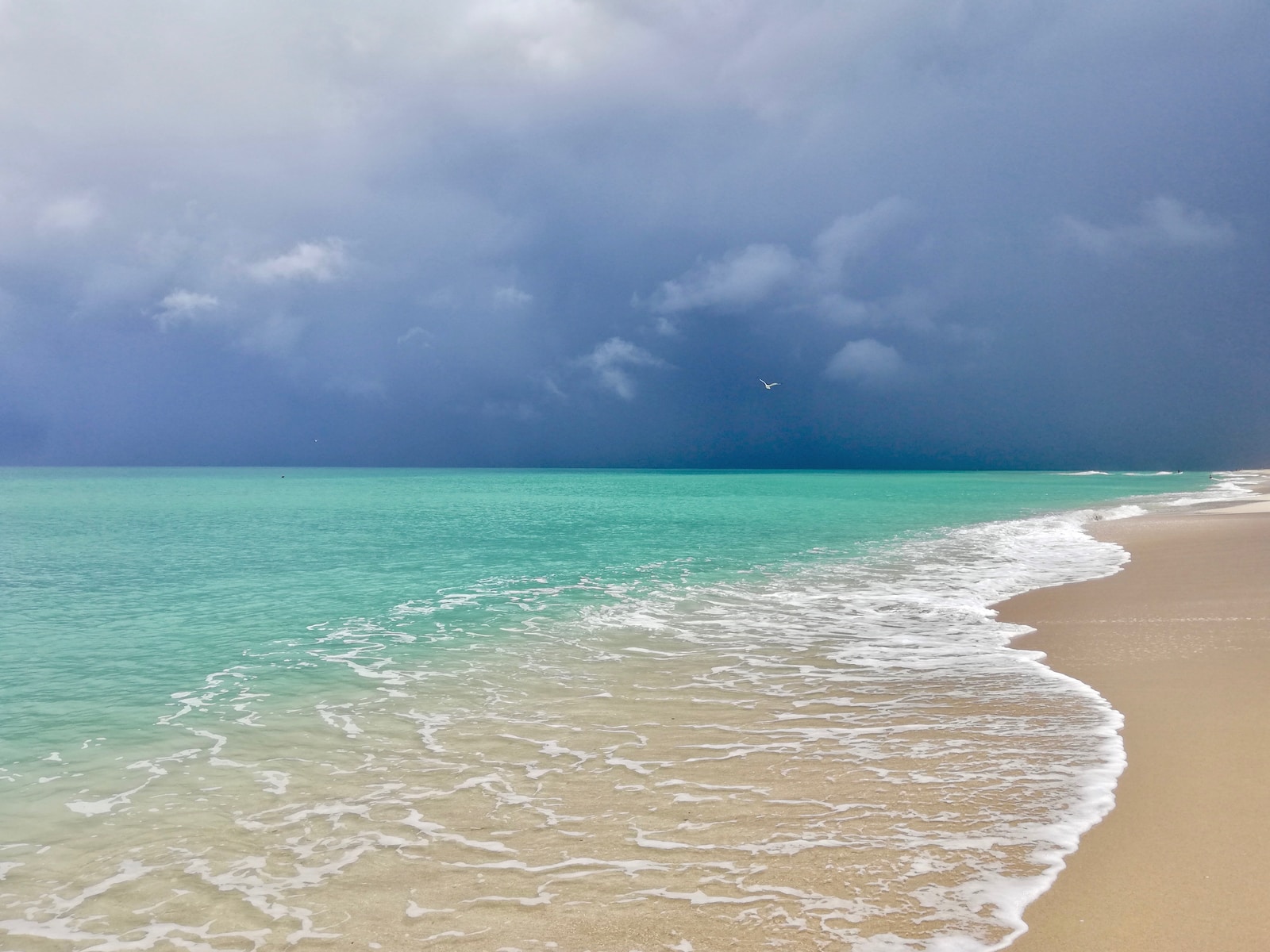Miami Beach, renowned for its stunning coastline, vibrant nightlife, and luxurious resorts, is a tropical paradise in south-eastern Florida.
However, beneath its alluring facade lies the potential threat of hurricanes.
The Atlantic hurricane season spans from June to November each year, often casting a shadow of uncertainty over this popular tourist destination.
Over the years, Miami Beach has witnessed its fair share of hurricanes and tropical storms.
The region has experienced the devastating effects of notable hurricanes such as Hurricane Andrew in 1992 and Hurricane Irma in 2017.
These storms caused significant damage to infrastructure, property and posed risks to the safety of residents and visitors.
The city of Miami Beach, recognizing the threat of the hurricane, has implemented various measures to enhance preparedness and resilience.
These include early warning systems, evacuation plans, strengthening building codes, and infrastructure improvements.
Timing Of Hurricane Season In Miami And Its Potential Effects On The Region
Hurricane season in Miami typically spans from June 1st to November 30th, aligning with the Atlantic hurricane season.
During this period, the warm ocean waters and atmospheric conditions create favorable conditions for the formation and intensification of hurricanes.
The impact of hurricanes on Miami can vary in severity depending on the strength and path of the storm. Hurricanes bring several potential risks and can affect the area in multiple ways:
High Winds
Hurricanes are known for their powerful winds, reaching speeds exceeding 74 miles per hour (119 kilometers per hour) or even higher in major storms.
These strong winds can cause significant damage to buildings, infrastructure, and vegetation. Flying debris can also pose a hazard to people and property.
Storm Surge
One of the most dangerous aspects of hurricanes is storm surge. This occurs when hurricane-force winds push the ocean water toward the coast, rapidly rising the sea level.
Storm surges can cause extensive coastal flooding, leading to property damage and posing a significant threat to lives and livelihoods.
Heavy Rainfall And Flooding
Hurricanes often bring torrential rainfall, resulting in widespread flooding.
The combination of high winds, storm surges, and heavy rainfall can overwhelm drainage systems and lead to flash floods, causing damage to homes, roads, and infrastructure.
Tornadoes
Hurricanes can also spawn tornadoes, which add threat. These tornadoes can cause localized destruction and further amplify the impact of the storm.
Power Outages
The strong winds and heavy rainfall associated with hurricanes can result in widespread power outages.
Fallen trees, damaged power lines, and flooding can disrupt the electrical grid, leaving residents and businesses without power for an extended period.
Essential Hurricane Safety Measures At Miami Beach
Hurricane safety measures are crucial to ensure the well-being of residents and visitors in Miami Beach, especially during the Atlantic hurricane season.
Here are some essential hurricane safety measures to follow:
Stay Informed
Monitor local news, weather reports, and emergency management websites for updates on hurricane activity, warnings, and evacuation orders.
Develop A Plan
Create a family emergency plan that outlines evacuation routes, meeting points, emergency contacts, and essential supplies.
Prepare An Emergency Kit
Gather necessary items like non-perishable food, water, medications, a first-aid kit, flashlights, batteries, important documents, and cash.
Keep these items in a portable, waterproof container.
Know Your Evacuation Zone
Familiarize yourself with the designated evacuation zones and routes in Miami Beach, and plan where you will go if an evacuation is ordered.
Keep Your Vehicle Ready
Maintain a full gas tank, check tire pressure, and ensure your vehicle has the necessary emergency supplies.
Follow Evacuation Orders
If authorities issue an evacuation order, follow their instructions promptly. It is crucial to prioritize personal safety over property.
How Often Does Miami Beach Experience Hurricanes?
Miami Beach is prone to hurricanes due to its location in South Florida, near the Atlantic Ocean and the Gulf of Mexico.
On average, the city can expect a hurricane every 2-3 years, though this can vary.
Miami Beach has experienced several significant hurricanes, such as Hurricane Andrew in 1992 and Hurricane Irma in 2017.
It’s important to note that hurricane frequency can be influenced by factors like climate change and ocean temperatures, leading to more intense or frequent storms in the future.
What is the classification system for hurricanes and which types impact Miami Beach?
Hurricanes are classified according to the Saffir-Simpson Hurricane Wind Scale, which ranks storms from Category 1 to Category 5 based on their sustained wind speeds.
Category 1 hurricanes have 74-95 mph winds, while Category 5 hurricanes have winds exceeding 157 mph.
Miami Beach can be affected by hurricanes of any category, with the potential for significant damage increasing with the storm’s intensity.
Historically, Miami Beach has experienced a range of hurricane categories, including major hurricanes like Category 5 Hurricane Andrew and Category 4 Hurricane Irma.
What Are The Potential Impacts Of Hurricanes On Miami Beach?
Hurricanes can cause a range of impacts on Miami Beach, including strong winds, heavy rainfall, storm surges, and flooding.
These factors can lead to property damage, power outages, infrastructure damage, and even loss of life.
High winds can topple trees and power lines, while storm surges can inundate low-lying areas and cause significant coastal erosion.
Heavy rainfall can also lead to flash flooding and exacerbate flood risks, particularly in low-lying and densely populated areas.
How Can I Prepare For A Hurricane In Miami Beach?
Preparing for a hurricane in Miami Beach involves planning, gathering supplies, and staying informed.
Develop a family emergency plan that outlines evacuation routes, communication methods, and designated meeting locations.
Gather necessary supplies, such as non-perishable food, water, flashlights, batteries, and a first-aid kit.
Stay informed by monitoring local news and weather updates and following guidance from local authorities.
Additionally, protect your property by installing hurricane shutters, reinforcing garage doors, and securing loose outdoor items.
How Does Climate Change Affect Hurricane Activity In Miami Beach?
Climate change can potentially exacerbate hurricane activity in Miami Beach.
As global temperatures rise, sea levels increase, and ocean temperatures become warmer. These factors can contribute to more intense and potentially frequent hurricanes.
Warmer ocean temperatures fuel storms, leading to stronger hurricanes with higher wind speeds and increased rainfall.
Rising sea levels can also worsen storm surges, resulting in more significant coastal flooding during hurricanes.
Understanding the potential impacts of climate change on hurricane activity is crucial for protecting the residents, property, and environment of Miami Beach in the years to come.

